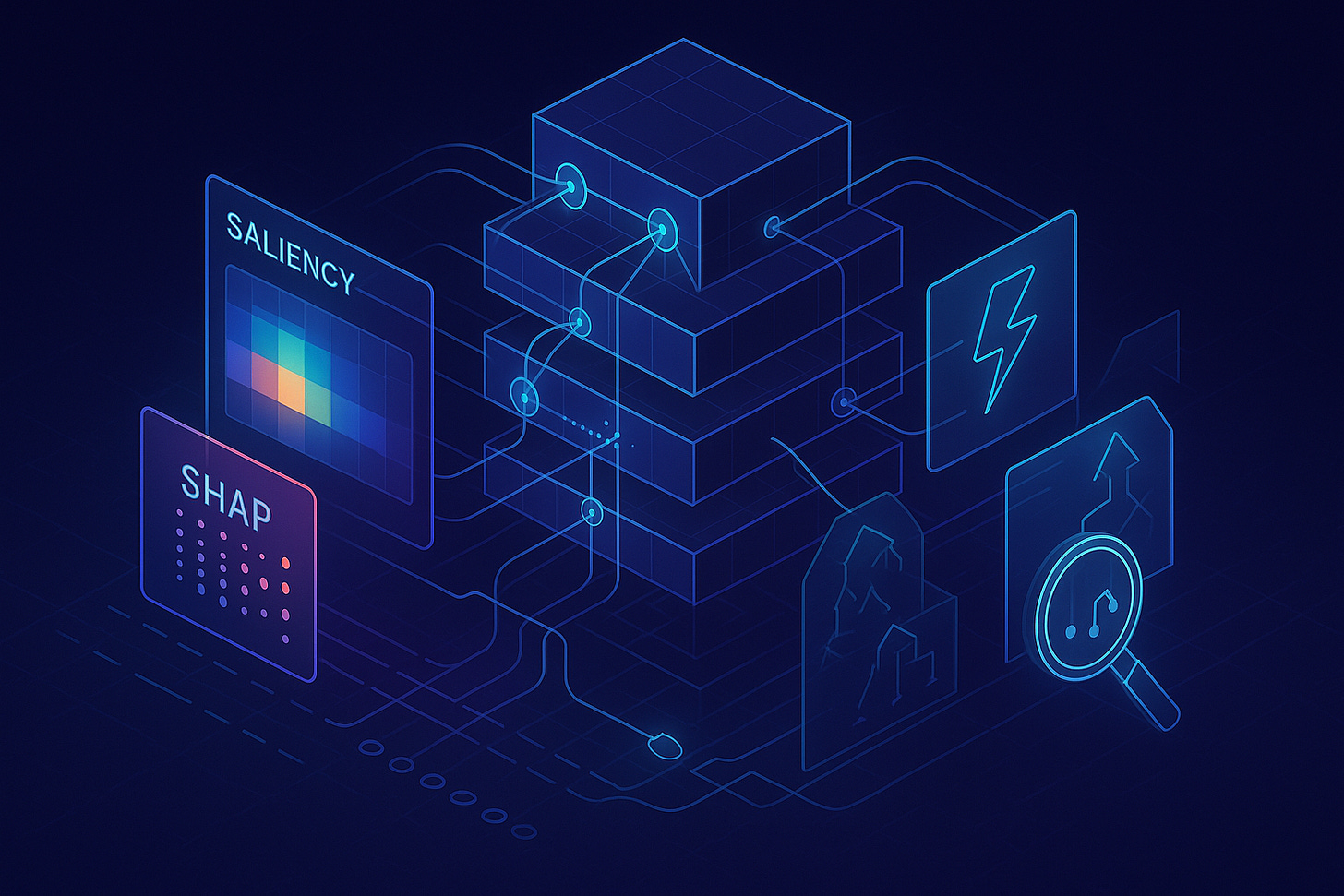The Sequence #705: Explaining or Excusing: An Intro to Post-Hoc Interpretability
A discussion about one of the most important interpretability techniques in generative AI.
Today we will Discuss:
An overview of post-hoc interpretability in frontier models.
A review of the PXGen post-hoc interpretability method.
💡 AI Concept of the Day: An Intro to Post-Hoc interpretability
Generative AI models have transformed the landscape of machine learning, powering breakthroughs in image synthesis, text generation, and multi-modal creation. From GANs and VAEs to modern diffusion models, these architectures generate high-fidelity data across domains. However, their complexity has introduced a significant interpretability gap. Practitioners often lack visibility into why a particular output was generated or what latent factors influenced a sample. This has spurred a growing body of research into post-hoc interpretability methods—techniques applied after model training to diagnose, explain, and refine generative behaviors without retraining the underlying architecture. In the era of frontier models—such as large-scale diffusion systems and foundation models with hundreds of billions of parameters—this need has become even more pressing. As these systems grow more powerful and opaque, post-hoc interpretability has had to evolve from simple input attribution tools to sophisticated methods that capture high-level semantics, latent dynamics, and data provenance.

